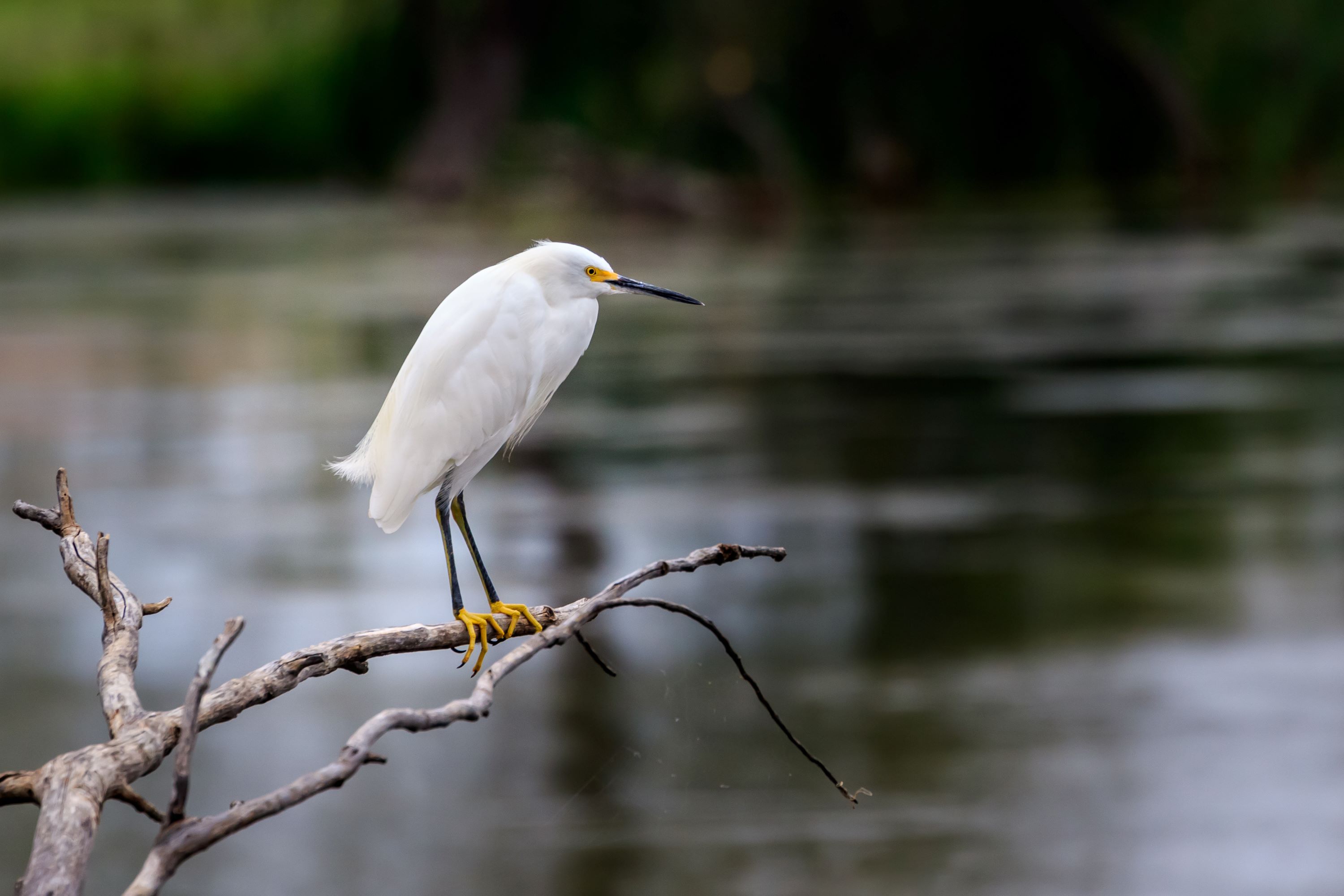
The Snowy Egret: The Graceful Wader of the Americas
Introduction to the Snowy Egret
The Snowy Egret, Egretta thula, is a small, strikingly beautiful member of the heron family, Ardeidae. Known for its pure white plumage and elegant appearance, this bird has captivated birdwatchers and nature enthusiasts across the Americas.
Physical Description
Standing about 56-66 cm tall, the Snowy Egret is easily identified by its bright white plumage. During the breeding season, it sports long, delicate feathers on its head, neck, and back. One of its most distinctive features is its black bill, paired with vibrant yellow feet, often described as 'golden slippers'.
Habitat and Distribution
This egret inhabits a wide range of wetland environments, including marshes, swamps, lakeshores, and tidal flats. It is widely distributed throughout North and South America, extending from the United States to Argentina and Chile.

Behavior and Lifestyle
Snowy Egrets are active feeders, often seen darting through shallow waters or flying gracefully over wetlands. They are social birds, commonly found in groups, especially during migration and in their wintering grounds.
Feeding Habits
The Snowy Egret's diet consists primarily of fish, but it also consumes amphibians, crustaceans, and insects. It employs various hunting techniques, including standing still and waiting for prey, as well as chasing prey in shallow water.
Breeding and Nesting Habits
Breeding occurs in colonies, often alongside other species of herons and egrets. They build nests in trees or shrubs near water, using sticks and twigs. The colonies are usually located in isolated areas to avoid predators.

Egg Laying and Incubation
The female lays 3 to 5 pale greenish-blue eggs. Both parents take turns incubating the eggs, which hatch after about 22 to 24 days. The high nests help protect the young from ground predators.
Chick Rearing and Parental Care
Chicks are altricial and require extensive care from the parents. Both parents participate in feeding the chicks, who fledge the nest at about 6 to 7 weeks old. They continue to depend on their parents for a short period after fledging.
Vocalizations and Communication
The Snowy Egret is known for its range of vocalizations, especially during the breeding season. Its calls include a harsh, raspy sound used for communication within the colony and during mating displays.

Conservation Status
Once hunted extensively for its plumes, the Snowy Egret is now protected and listed as Least Concern by the IUCN. However, it still faces threats from habitat destruction and environmental pollution.
Similar Species and Taxonomy
Within the genus Egretta, the Snowy Egret is closely related to species like the Little Blue Heron and the Reddish Egret. It is often confused with the Great Egret but is distinguishable by its smaller size and yellow feet.
The Snowy Egret in Utah
The Snowy Egret is a common sight in Utah, especially during the breeding season. It can be found in the state's wetlands, along rivers, and in marshy areas, where it forages and nests.

Conclusion
The Snowy Egret, Egretta thula, is a symbol of wetland conservation success stories. Its recovery from near-extinction due to plume hunting showcases the impact of protective legislation. Today, the Snowy Egret continues to grace the wetlands of the Americas, reminding us of the ongoing need to protect these vital ecosystems for future generations.